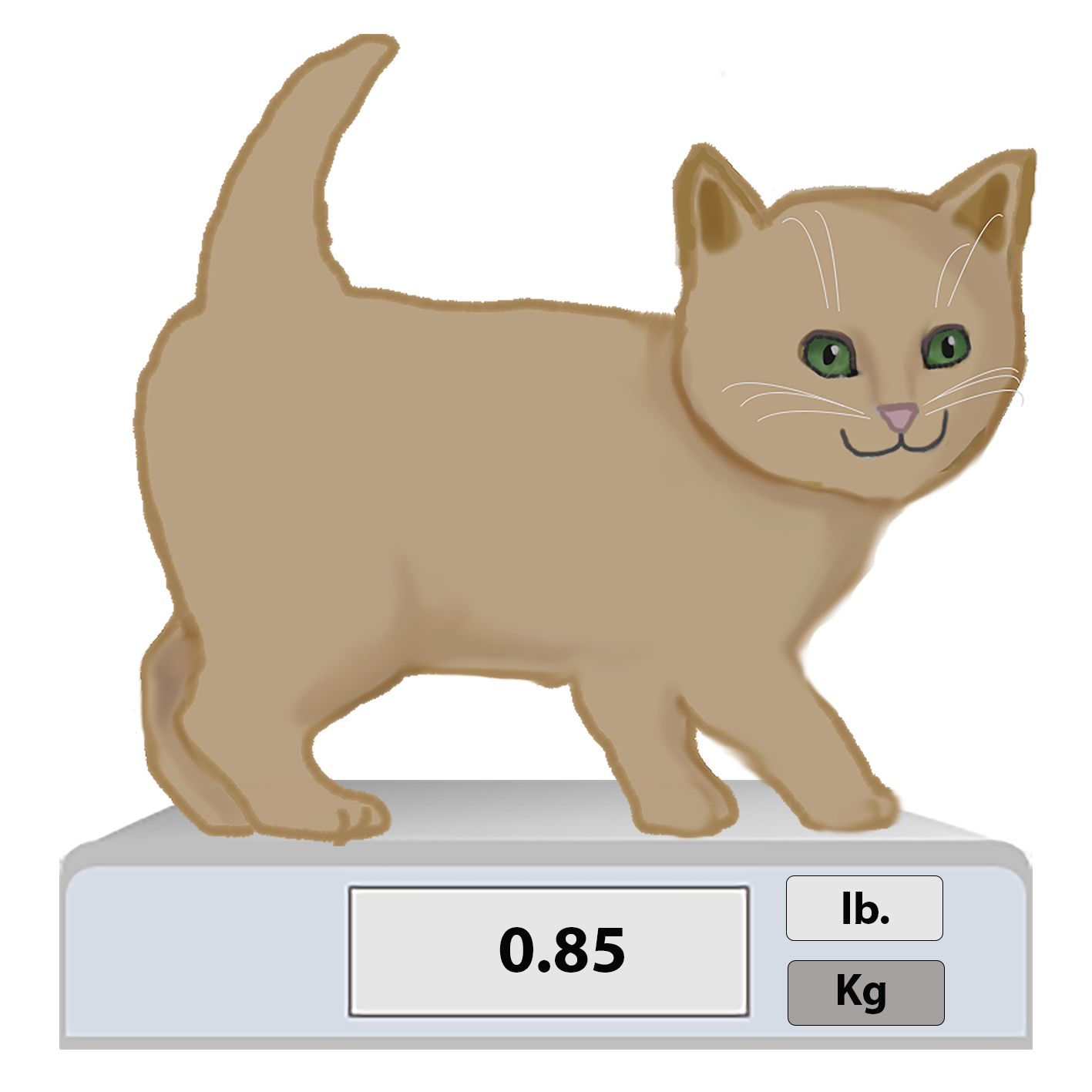
Making observations is the starting point of the scientific method. Being able to efficiently use our senses and write accurate descriptions of what we see is an essential skill in most careers. Pharmacists, supervisors, and psychologists are just a few examples of professionals that must be able to observe and interpret their observations.
Taking measurements is an important skill used in many professions. In the medical and veterinary fields diagnosis are frequently made by taking a measurement and comparing the result to average data. Comparisons help determine if the patient is healthy and, if needed, the amounts of medication to administer. To accomplish this, a health professional must use the correct tool for measurements and take all measurements so that they can be compared with available data. They also need to have a good knowledge of units of measurements and how to convert them into different ones as needed.
EXAMPLE. The veterinarian prescribes an antibiotic – amoxicillin - to a kitten with an ear infection. The amoxicillin dosage for the kitten is 10 mg/kg of body weight every 12 hours and the treatment should last for five days.
The veterinary nurse needs to weigh the kitten, determine how many mg each dose will be, and calculate the total amount the kitten will need for the duration of the therapy. Both these steps are essential; the pet parent needs to know the exact amount of medication to give to their kitten and the pharmacy must be communicated the exact amount to prepare for pickup.

Figure 1. Weighing a kitten with the appropriate scale.